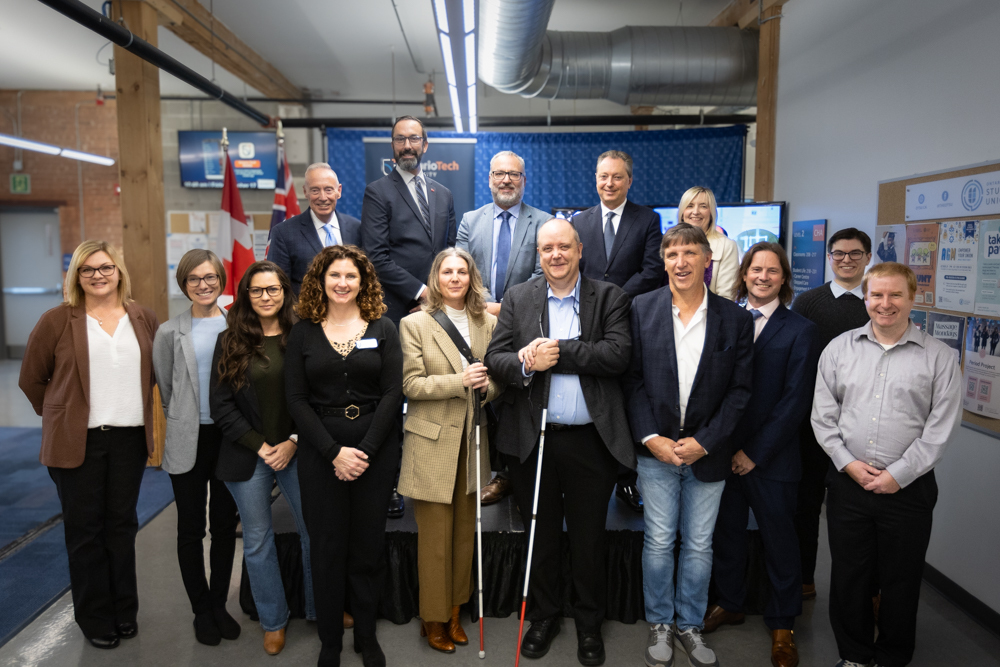UOIT researcher discusses wearable technologies in The New York Times
September 5, 2014

Dr. Isabel Pedersen, Canada Research Chair in Digital Life, Media and Culture, was recently interviewed for an article on wearable technologies that appeared in The New York Times.
In the article, entitled Tech, Meet Fashion, Dr. Pedersen commented on the current divide between fashion and technology in the wearables market. She said wearables –small electronic devices embedded into items that attach to a part of the user’s body and collect or output data – are currently “too ugly for most people,” because they are designed by tech companies, which tend to focus on the technology behind the devices, leaving aesthetics out of the picture. In contrast, fashion designers take into account criteria such as style, age and taste when creating products for consumers.
“A wearable can’t really hope to become part of everyday culture until these companies consider more than just the technology,” she said.


